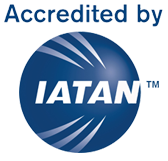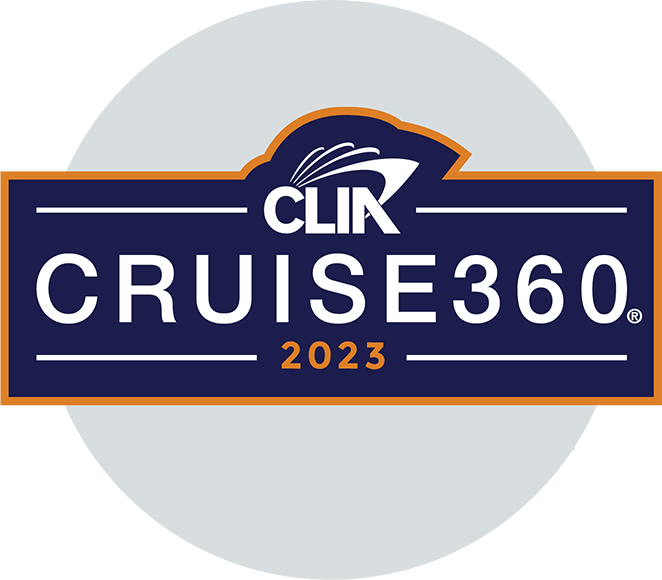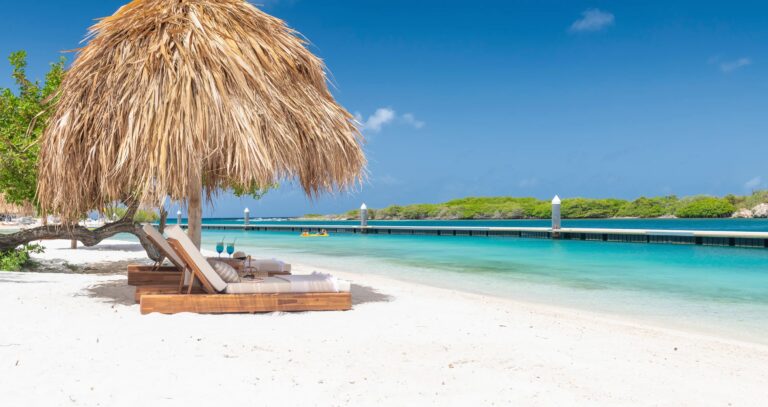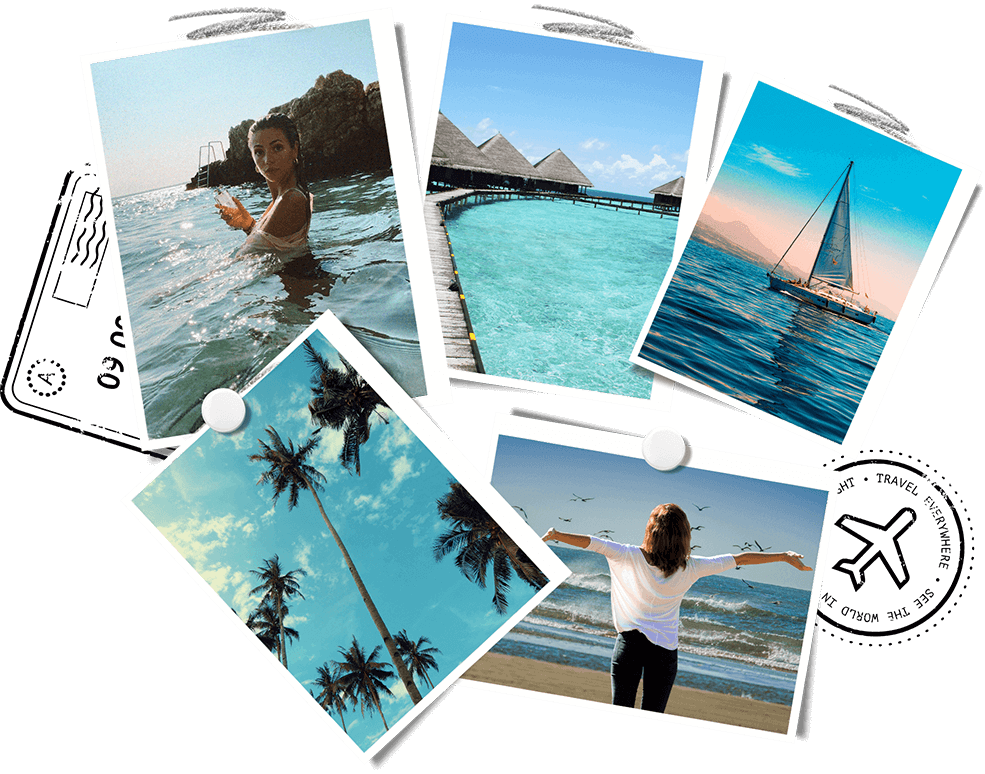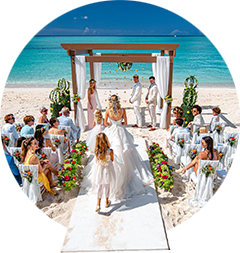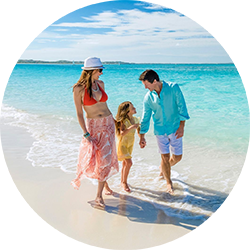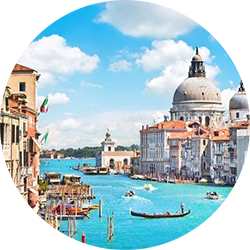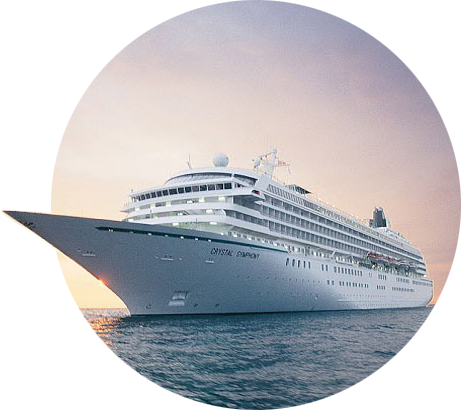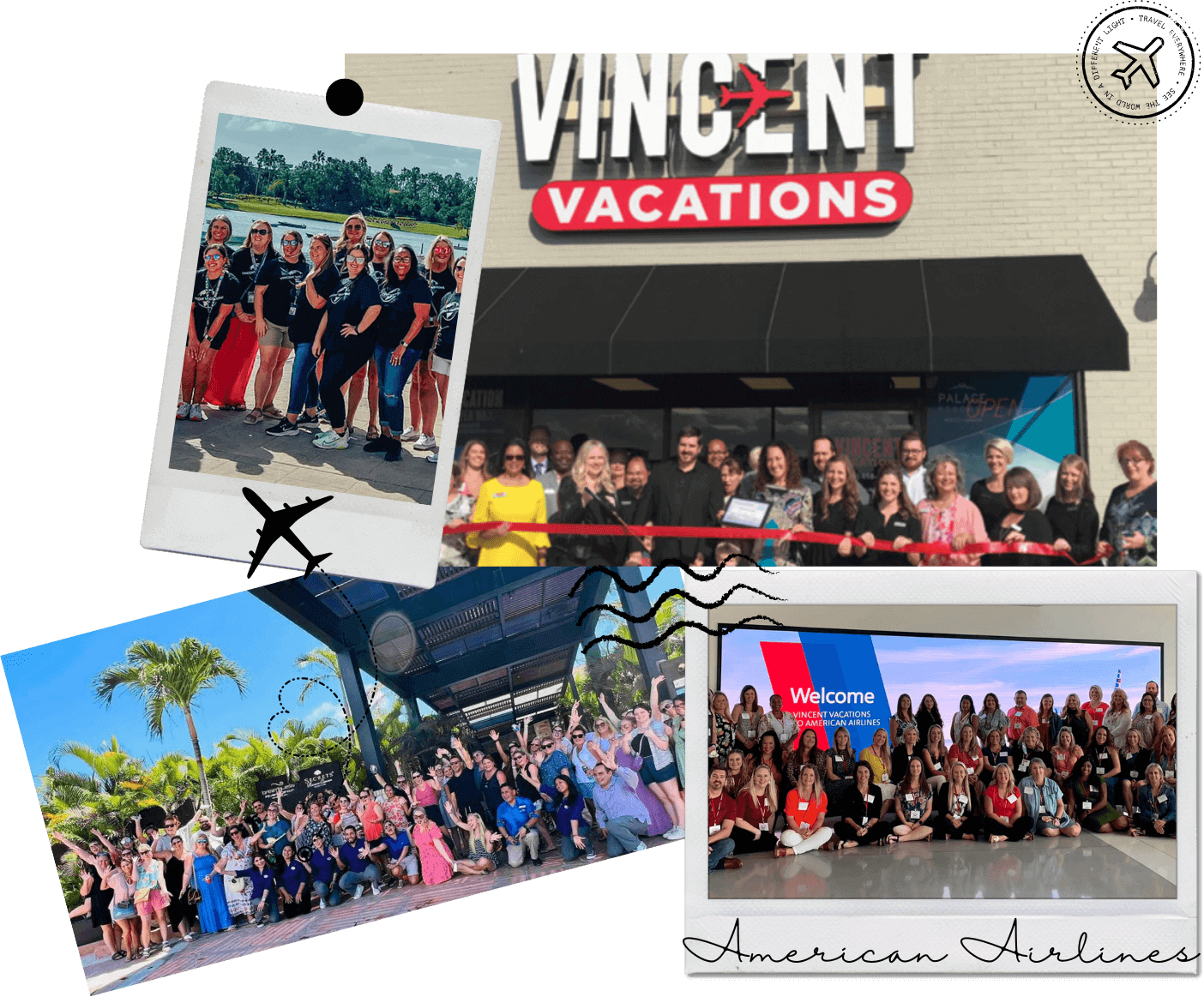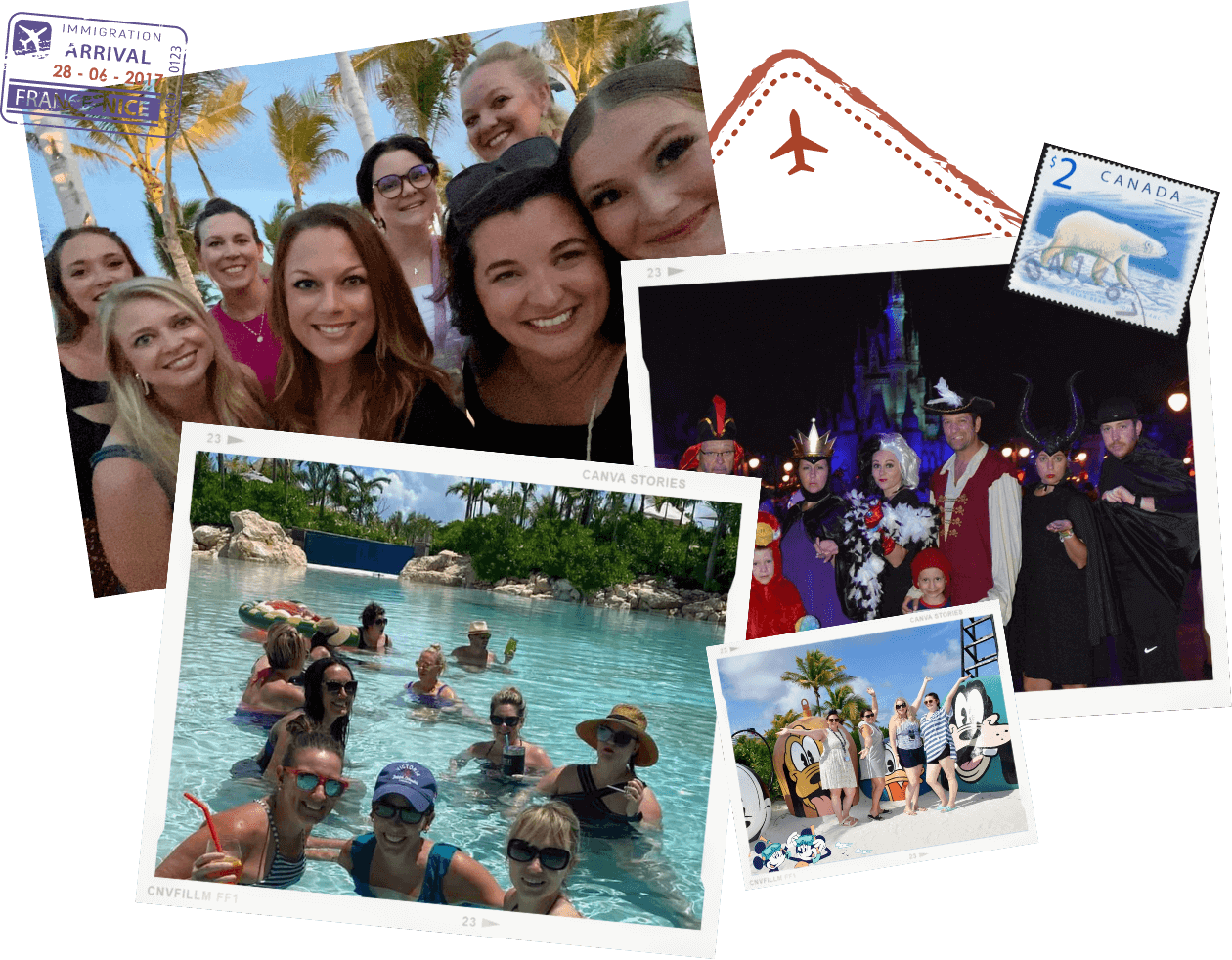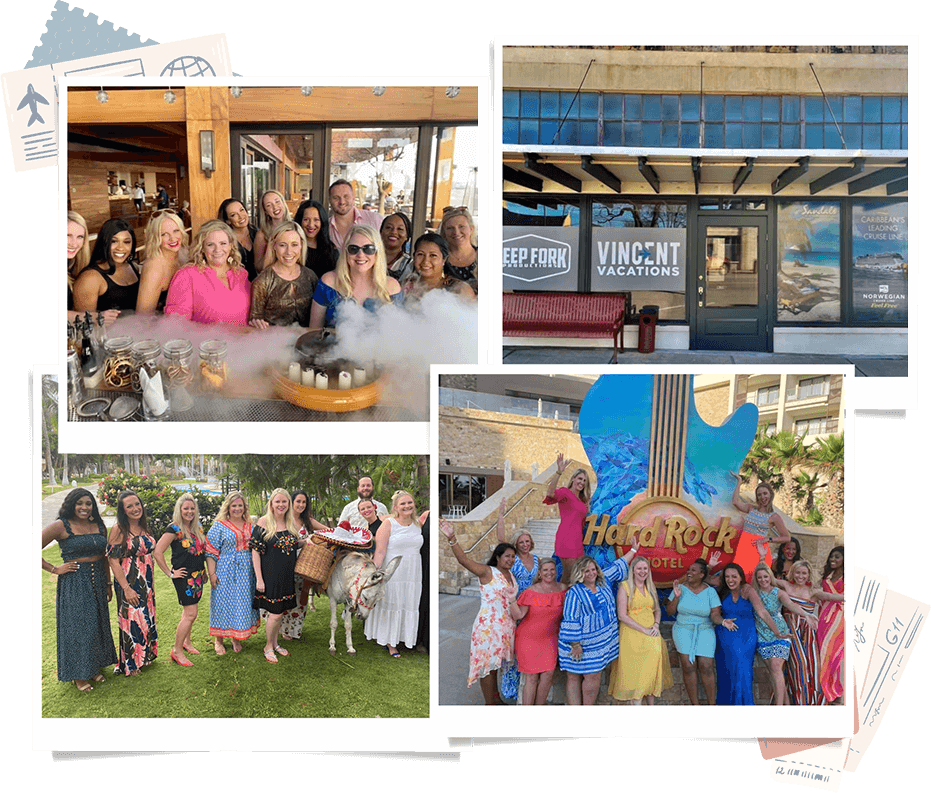
Trinidad is alluring, a constant surprise to first-time guests, but it's not just another carbon-copy paradise. Culturally diverse, the island is a bouillabaisse of more than 40 nationalities and ethnic groups, the largest of which are of East Indian and African descent (each accounting for about 40% of the population). The medley is reflected in everything from food, design and language to music, dance and humor.
At Carnival time, Trinidad throws the grandest, wildest party in the Caribbean. Divali, the Hindu festival of lights in October, draws big crowds, as do many other festivities throughout the year associated with Trinidad's various cultural and religious groups.
Best Travel Agents
Best Carnival Cruise Line Travel Agents and Deals
We are your premier destination for all things Carnival Cruise! As certified experts in Carnival Cruise Line travel, we pride ourselves on offering the best deals and personalized service to make your cruise vacation unforgettable.
Why Book Your Carnival Cruise with Us?
Certified Carnival Cruise Specialists: Our team holds all the official Carnival Cruise certifications, ensuring you receive expert advice and insider knowledge for your trip.
Exclusive Deals: We leverage our strong relationships with Carnival Cruise Line to bring you exclusive discounts and special offers you won’t find anywhere else.
Tailored Cruise Experiences: Whether you’re seeking a family adventure, a romantic getaway, or a fun-filled group trip, we customize your cruise itinerary to fit your needs perfectly.
Expert Shore Excursion Planning: Enhance your cruise with exciting shore excursions carefully selected to enrich your travel experience.
Dedicated Customer Support: From booking to boarding and beyond, our travel agents are here to assist you every step of the way.
Let us help you navigate the world of Carnival Cruises with confidence and ease. Contact us today to discover the best Carnival Cruise Line travel deals and start planning your dream vacation!
Must See or Do
Sights—The subaqueous marvels of Pitch Lake; snorkeling in Dragon's Mouth; the scarlet ibis at Caroni Bird Sanctuary; bird-watching at Asa Wright Nature Reserve; Carnival.
Memorable Meals—Shark-and-bake at one of the waterfront eateries along Maracas Beach; roti from Patraj Roti Shop; rum punch on any beach at sunset; tea at Mount St. Benedict Monastery.
Walks—A stroll along the beach at Maracas Bay; nature trails in the hills behind Pax Guesthouse at Mount St. Benedict Monastery; a hike through the Northern Range or on one of the Asa Wright Nature Centre's trails; a visit to Queen's Park Savannah or the Botanical Gardens in Port of Spain.
Late Night—Dancing to steel drums or calypso music at Mas Camp Pub, Zen Entertainment Center or Jenny's on the Boulevard.
Location
Port of Spain, the capital city and main port, is on the western coast of Trinidad, overlooking the Gulf of Paria. The Cruise Ship Complex is on the south side of the city. It houses the Customs Hall, a slew of souvenir and clothing stores, a bookstore, restaurants and a tourist-information office. Phone 868-627-4477.
Most ships tether at the pier, where passengers are greeted by locals wearing Carnival attire and playing steel drums. Outside the terminal is a crafts market. The city center is just a few minutes' walk away, through the financial district.
The terminal's tourist-information office adjusts its hours to accommodate arriving cruise-ship passengers. The main office in Port of Spain, at 51-55 Frederick St., is open daily 8 am-4:30 pm. Phone 868-624-1403.
A quick 15 minutes from downtown Port of Spain is the 14,500-acre/5,867-hectare Chaguaramas Peninsula, home to the Caribbean's most-protected private-yacht harbor and a bonanza of ecological delights. Numerous marinas fill the Chaguaramas waterfront and provide a full range of marine repairs and construction services at competitive prices, along with supermarkets, restaurants, banks, shops, rental agencies, marine radio services, hotels and self-contained apartments—all within walking distance of the marinas. Because Trinidad lies south of the traditional hurricane belt, insurance companies consider Chaguaramas one of the few safe harbors in the Caribbean.
Shore Excursions
Typical excursions may take you for a scenic ride through the northern mountain range, on a cultural tour, sportfishing or to a nature sanctuary. Check with your travel agent for additional information.

















